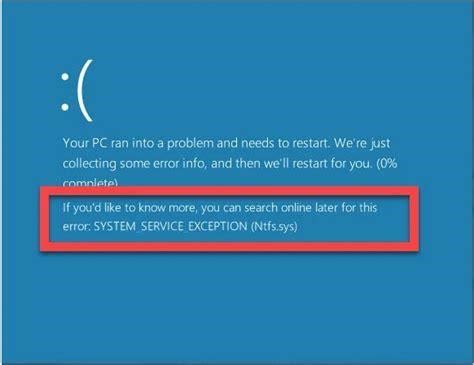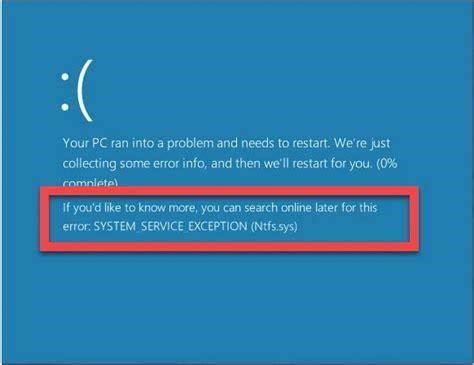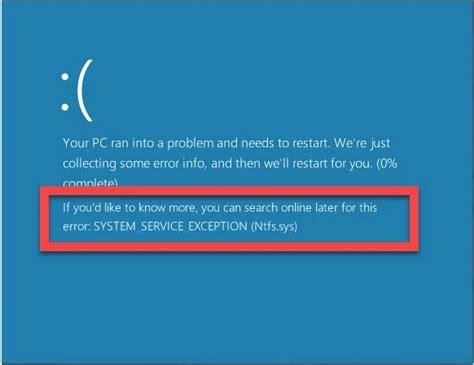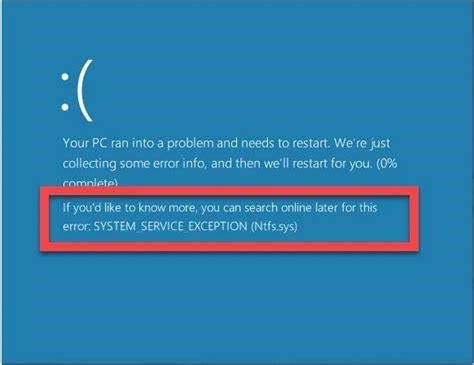The Insider’s Guide to Mastering Windows 10
Over its decades of evolution, Windows has become the world’s most ubiquitous desktop operating system. However, even seasoned users can still run into issues when updating or troubleshooting the OS. Let’s dive into Windows 10 to uncover pro tips and tricks curated from IT professionals.
Avoiding Common Windows Update Errors
Before attempting to install the latest Windows 10 update, ensure your PC meets the minimum system requirements. Microsoft recommends at least 32 GB of storage, 1 GB RAM for 32-bit OS or 2 GB RAM for 64-bit OS, and an 800 MHz processor.
If your device falls short, the update process may fail or crash your system. You can check your PC’s hardware specs through the System Information tool.
Sometimes Windows updates may fail due to limited drive space. Windows reserves up to 20 GB for future updates, so aim to maintain at least this much free space on your system drive. Running the Disk Cleanup utility can help clear unnecessary files.
Temporary issues with Microsoft servers can also impede updates. If you encounter timeout errors, retry updating a few hours later when server traffic has eased up.
Ensure third-party antivirus software or firewalls are not blocking access to Microsoft’s update servers. Adding exceptions for *.update.microsoft.com, *.windowsupdate.com, and similar URLs may resolve download failures related to blocked connections.
Fixing Corrupted System Files
Over time, your Windows installation can develop corrupted system files that cause erratic behavior and prevent successful updates. Run the System File Checker tool to scan for and restore corrupted files.
From an admin Command Prompt, typesfc /scannowand let the scan run to completion. This can take 30 minutes or longer. Once finished, reboot your PC and test if updates can now proceed successfully without errors.
For advanced users, checking logs located under %WinDir%\Logs\CBS can provide deeper insight into the file corruption. Analyzing the logs may reveal specific file paths tied to frequently recurring corruption.
Keeping Drivers Up-to-Date
Much like applications, device drivers also need periodic updating to remain compatible with new OS releases. Outdated drivers are a prime suspect behind Windows update failures.
Use the Device Manager to check your PC’s driver versions versus the latest available from manufacturers. Expand each component (e.g. Display adapters, Network adapters) and right-click the driver to select Update driver.
For systems with multiple third-party drivers, running a driver update utility can automate this process. Popular options include Driver Booster, Driver Easy, and IObit Driver Booster. These tools help save hours of manual driver downloads and installations.
Resetting Windows Update
If all else fails, resetting the Windows Update components can often resolve stubborn issues. This returns all settings to their defaults without altering personal files.
From an admin Command Prompt or PowerShell, enter:
net stop wuauserv net stop cryptSvc net stop bits net stop msiserverThen rename the SoftwareDistribution and Catroot2 folders before restarting the services:
ren C:\Windows\SoftwareDistribution SoftwareDistribution.old ren C:\Windows\System32\catroot2 Catroot2.old net start wuauserv net start cryptSvc net start bits net start msiserverNow retry checking for Windows updates, which should re-initialize the update registry entries and setup files.
When to Call In the Pros
In cases of chronic update failures, corrupted user profiles, or other system instabilities, your best recourse may be engaging Microsoft Support or a computer repair shop. Tech pros can dig deeper to identify and rectify underlying OS issues. For 24/7 online and phone support options, visit Microsoft’s Support website.
How has your experience been updating Windows 10? Share your upgrade survival tips and favorite tools below. Together we can uncover more success strategies for smooth Windows OS migrations.




